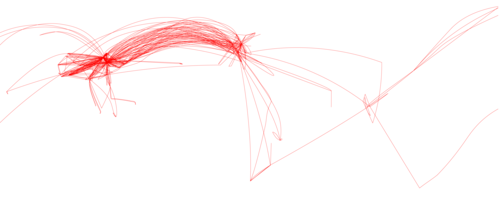HOMES +
Fall 2016 LA 573: Designing the Operational Landscape, University of Illinois at Urbana-Champaign, USA Team: Mamata Guragain, Grant Penfield Haugen, Kristy Raasch
This project prepares the Chicago area for a demographic shift that will occur in the United States when water becomes the world’s most valuable resource.
In 2100, water will be the world’s most valuable resource. The United Nations reports that two out of every three people in the world will be facing water shortages as soon as 2025, a situation that could lead to global conflict if patterns of urbanization continue as they have for the last century. HOMES + assumes a drastic demographic shift within the United States, and prepares the Chicago region to accommodate the influx of migrants relocating from areas such as the Sun Belt, where water will be scarce, to the Great Lakes Region, with its abundant freshwater resources and low threat of inundation due to sea level rise. This project accentuates existing topography, creating berms to re-reverse the flow of the Chicago River, allowing surrounding watersheds to recharge the Great Lakes in order to sustain the freshwater resources of the region for generations to come.
HOMES + Preparing for the massive shift of people back to the American Midwest.
HOMES + Balancing social, ecological, and economic concerns.
HOMES + Urbanism systems and natural systems come together to form a new urban grid.
The New Town Center Located where edges of watersheds meet.
Zone of Intensity Designing the operational landscape.
Accentuating Existing Topography By creating a berm at the intersection of the Valparaiso Moraine and Chicago Sanitary and Ship Canal, it is possible to re-reverse the flow of the Chicago River. This would move the subcontinental divide further west and enable a much larger area to recharge the Great Lakes.










